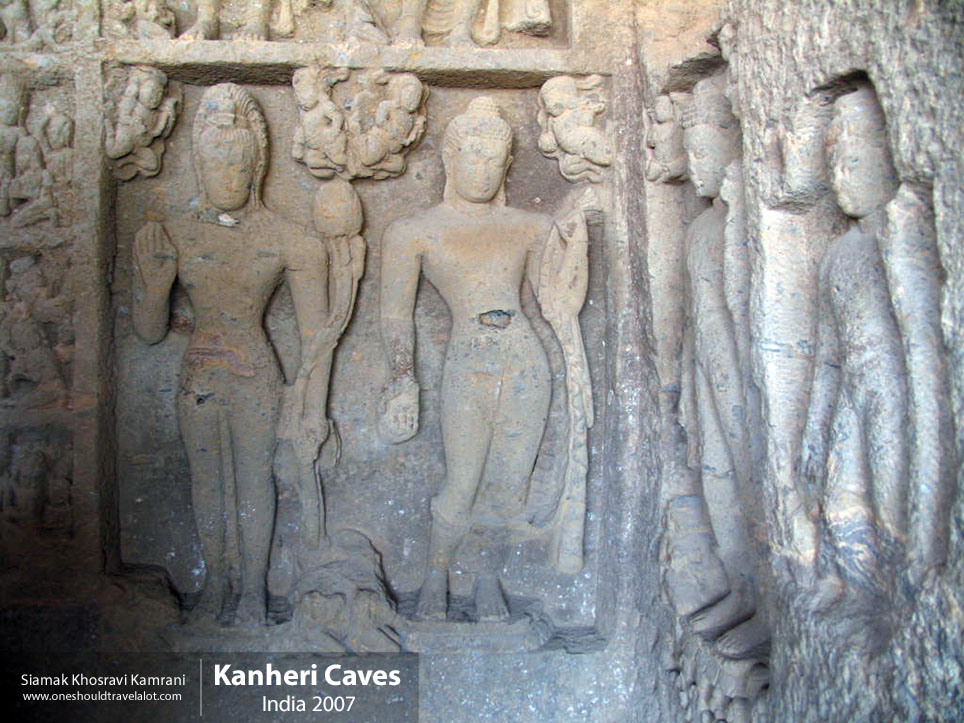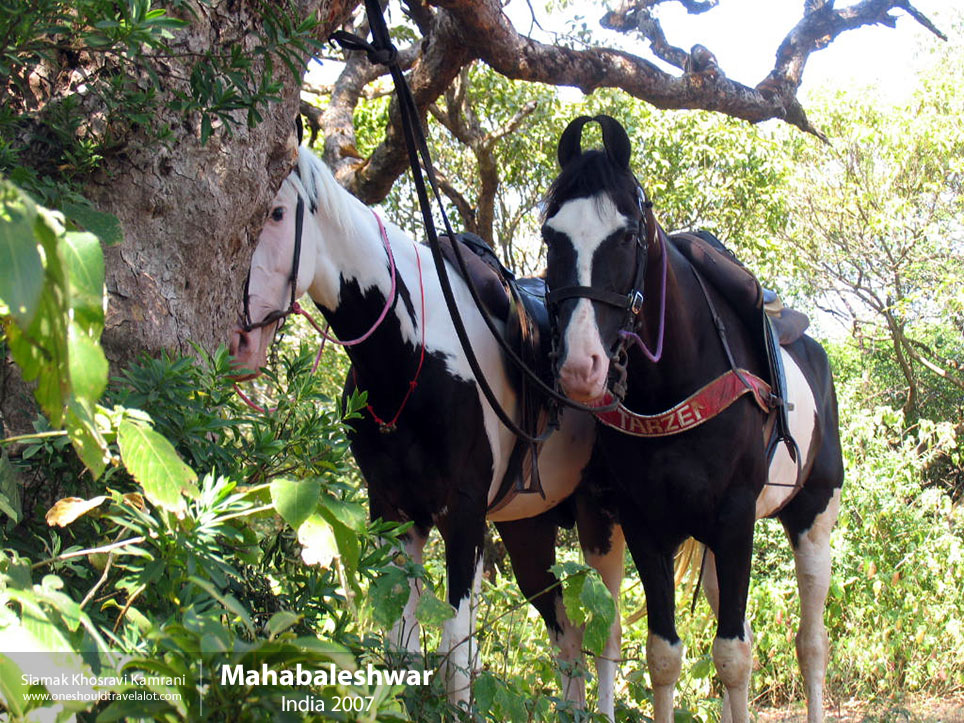Exploring Mumbai: A Photographer’s Dream
As I stepped off the plane and into the bustling city of Mumbai, India, I felt an electric charge in the air. Known as the “City of Dreams,” Mumbai is a vibrant tapestry of cultures, traditions, and modernity, seamlessly woven together to create a metropolis like no other. With my camera in hand and a heart full of anticipation, I set out to capture the essence of this incredible city through my lens.
The Gateway to India
My first stop was the iconic Gateway of India, an architectural marvel that stands proudly on the waterfront of Mumbai’s Apollo Bunder area. Built during the British Raj, this majestic archway has witnessed the city’s transformation over the decades. As I framed the Gateway against the backdrop of the Arabian Sea, I couldn’t help but marvel at its grandeur. The sun was beginning to set, casting a golden hue over the structure, and the bustling crowd around it added to the vibrancy of the scene.
Marine Drive: The Queen’s Necklace
Next, I headed to Marine Drive, affectionately known as the Queen’s Necklace. This sweeping promenade along the Arabian Sea is a favorite spot for both locals and tourists. As I strolled along the curve of Marine Drive, the cool sea breeze provided a welcome respite from the city’s heat. The view of the sun setting over the horizon was mesmerizing, with the cityscape gradually lighting up as dusk settled in. I captured the glittering skyline, the waves crashing against the rocks, and the joyful faces of people enjoying an evening walk. The juxtaposition of tranquility and urban energy was palpable.
The Heartbeat of Mumbai: Chhatrapati Shivaji Maharaj Terminus
The next day, I ventured into the heart of Mumbai to photograph the Chhatrapati Shivaji Maharaj Terminus (CSMT), a UNESCO World Heritage Site. This historic railway station is a striking blend of Victorian Gothic architecture and traditional Indian motifs. The bustling platforms, the constant hum of trains, and the sea of people moving in every direction made for a dynamic and chaotic scene. Capturing the architectural details and the vibrant activity of CSMT was a challenge, but one that was immensely rewarding.
The Dhobi Ghat: A Unique Tradition
From the grandeur of CSMT, I moved to the Dhobi Ghat, Mumbai’s open-air laundry. This fascinating place is where hundreds of Dhobis (washermen) wash clothes in long rows of open-air troughs. The sight of colorful garments drying in the sun, the rhythmic sounds of clothes being beaten clean, and the tireless efforts of the Dhobis made for a compelling narrative. I photographed the sheer scale of the operation and the dedication of the people involved, capturing a unique slice of Mumbai’s life that many might overlook.
Street Life and Markets
Mumbai’s streets are a photographer’s paradise, with every corner offering a new story. I spent hours wandering through the bustling markets, from the vibrant Crawford Market to the fragrant flower markets of Dadar. The colors, sounds, and aromas were overwhelming in the best possible way. I photographed vendors selling everything from fresh produce to intricate handicrafts, capturing the essence of Mumbai’s street life. The candid shots of people haggling, laughing, and going about their daily routines added a human element to my photo collection.
Cultural Melting Pot: Diversity and Traditions
Mumbai is a melting pot of cultures, languages, and ethnicities, and this diversity is reflected in its neighborhoods. I visited areas like Colaba, Bandra, and Dharavi to get a sense of the city’s varied cultural landscape. Colaba, with its colonial-era buildings and trendy cafes, offered a blend of history and modernity. Bandra, known for its artistic vibe and street art, was a visual treat. Dharavi, one of Asia’s largest slums, presented a stark contrast but showcased the resilience and entrepreneurial spirit of its residents.
In Colaba, I photographed the charming streets lined with art galleries and boutiques. The Kala Ghoda Art Precinct was a highlight, with its vibrant street art and sculptures. In Bandra, I captured the colorful graffiti and murals that adorned the walls, each telling a story of its own. Dharavi was a humbling experience; the narrow lanes, bustling workshops, and industrious people were a testament to human ingenuity and perseverance. I made sure to portray the dignity and strength of the people I met, avoiding any semblance of voyeurism.
Festivals and Celebrations
Mumbai is known for its grand celebrations, and I was fortunate enough to witness the preparations for Ganesh Chaturthi, one of the city’s most beloved festivals. The streets were alive with activity as artisans crafted intricate idols of Lord Ganesha, and families prepared for the festivities. The energy was infectious, and I could feel the communal spirit as people from all walks of life came together to celebrate. I captured the vibrant colors, the detailed artistry, and the joyous faces of those involved in the preparations.
The Contrast of Wealth and Poverty
One of the most striking aspects of Mumbai is the stark contrast between wealth and poverty. The city’s skyline is dotted with luxury high-rises, while sprawling slums exist in their shadows. This contrast is a powerful reminder of the socio-economic challenges that Mumbai faces. As a photographer, it was important for me to document this reality with sensitivity and respect. I aimed to show the resilience and hope that persist despite the hardships, highlighting the human spirit that thrives in the face of adversity.
Cuisine: A Culinary Adventure
No visit to Mumbai would be complete without indulging in its diverse culinary offerings. From street food to fine dining, the city is a food lover’s paradise. I sampled vada pav, pav bhaji, and pani puri from street vendors, each bite bursting with flavor. I also dined at renowned restaurants that offered a fusion of traditional and contemporary Indian cuisine. Photographing the food was a delight, as the vibrant colors and textures added an extra layer of appeal to my portfolio.



